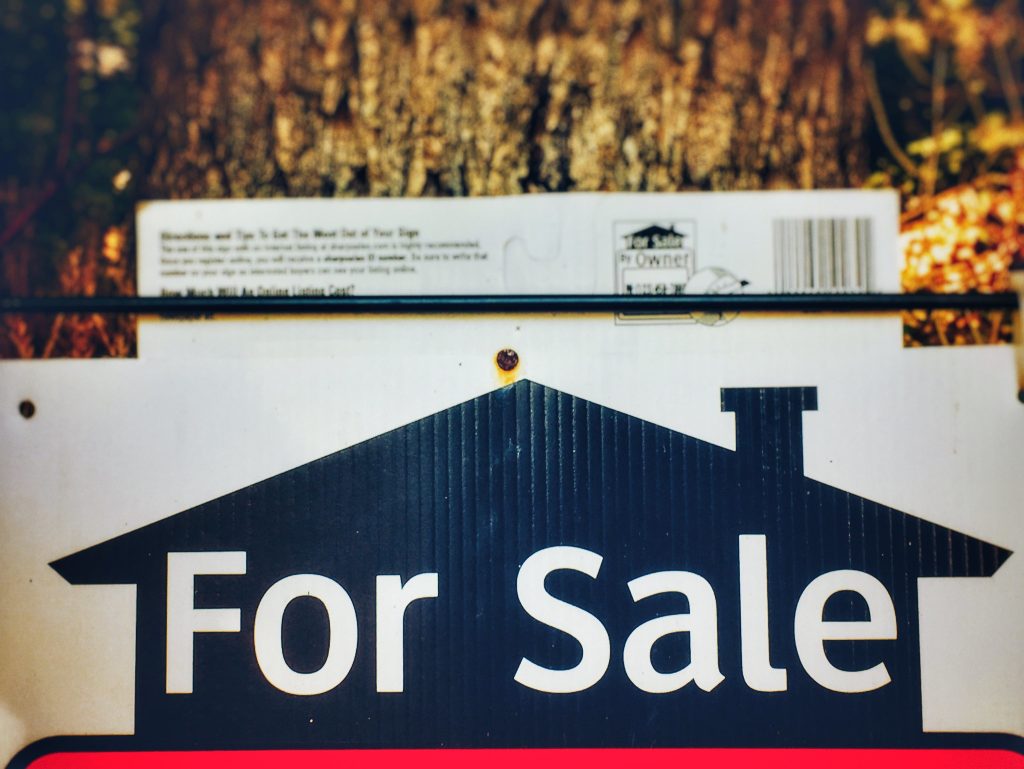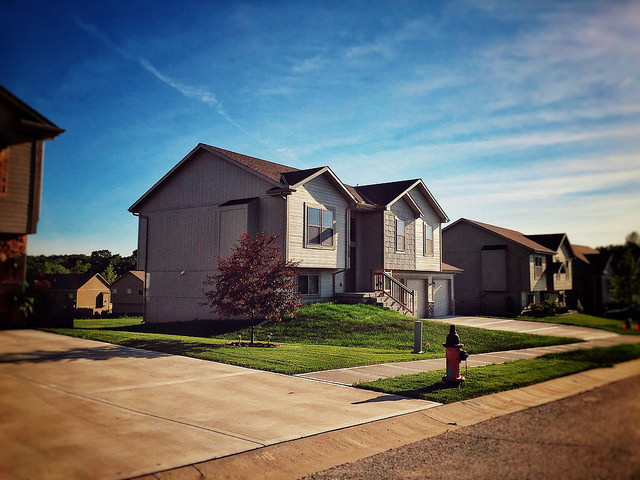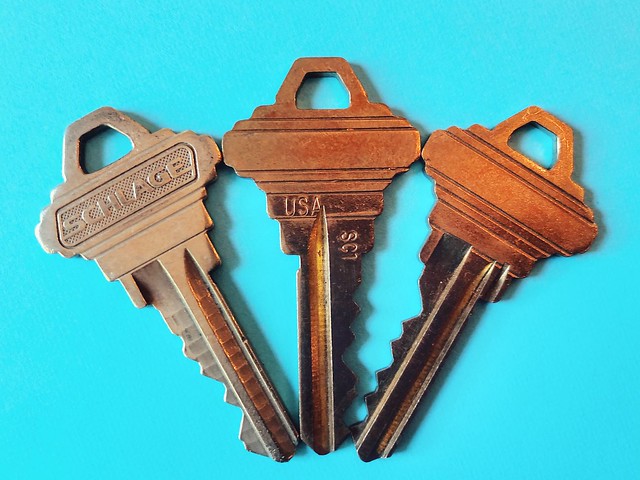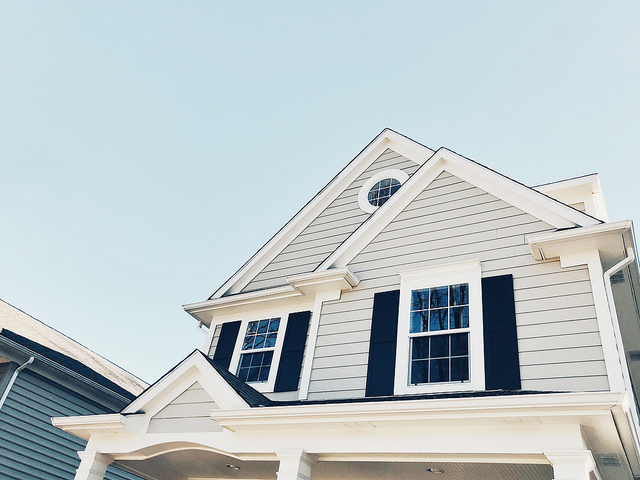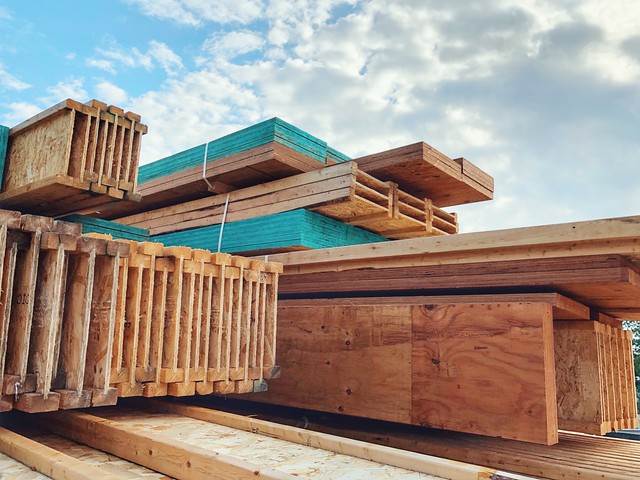If you’re a first-time home seller, you may’ve wondered why you can’t just put a sign out in front of your house and wait for the best offer. The answer, of course, is you can. But, if you do, you’re not likely to sell it quickly and you’re probably not going to get top dollar for it. In fact, according to one recent analysis, home sellers who chose to sell their house without listing it on the Multiple Listing Service – the database of listings Realtors and online search sites use – lost more than $1 billion over the past two years. That’s a big number but what it breaks down to for the typical seller is about $5,000, or 1.5 percent less than they could’ve gotten had they had their home listed on the MLS. The data isn’t that surprising. After all, home buyers are online these days and, if your home isn’t showing up on popular search sites or in their Realtor’s listings, it isn’t likely to get much traffic or many offers. (source)
